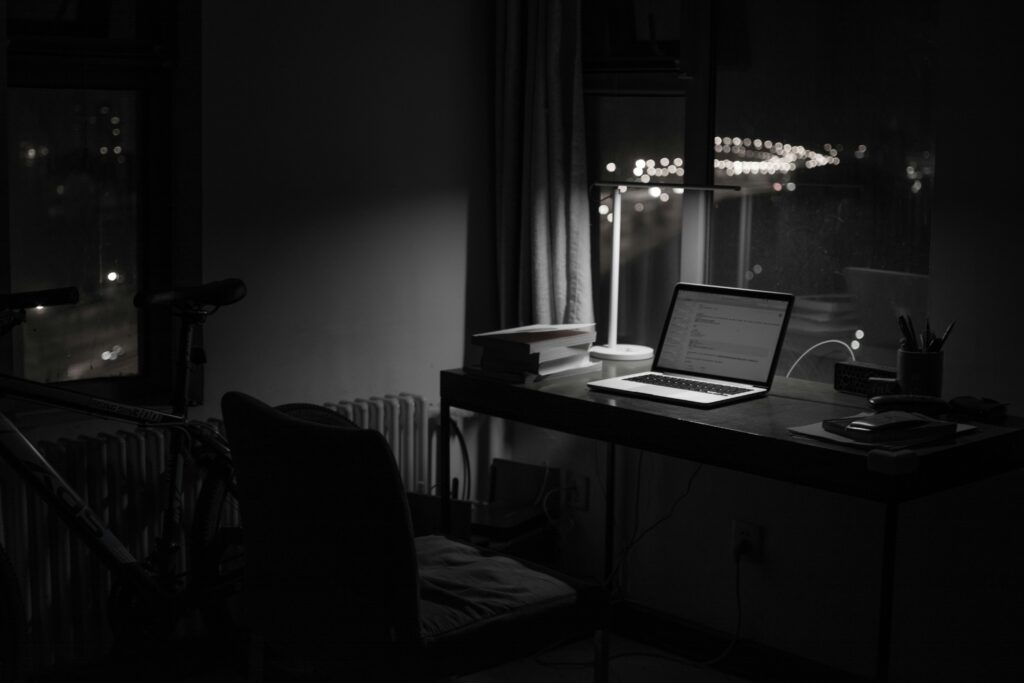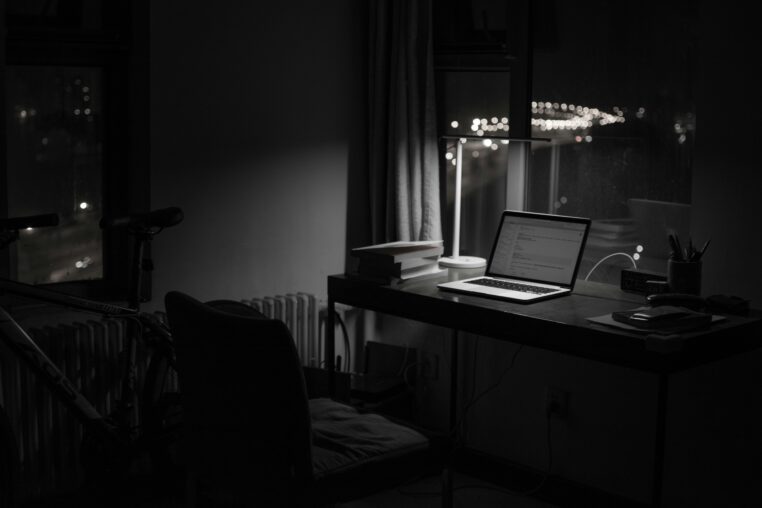
In a world full of distractions, staying productive has become both an art and a skill. Whether you’re a student, freelancer, or professional, productivity plays a major role in how successful and fulfilled you feel at the end of each day. But let’s be honest, being busy is not the same as being productive. Productivity means working smarter, not harder, and achieving more in less time while maintaining balance and focus.
If you’ve ever wondered how some people seem to get everything done while you’re still halfway through your list, this guide is for you. Below are 10 proven strategies that can help you unlock your full potential and maximize your daily output.
1. Start Your Day with a Clear Plan
The way you begin your day determines how it unfolds. Productive people don’t wake up and “wing it.” They plan.
Before you start working, take a few minutes to list your top priorities for the day. Write them down in a planner or a productivity app. Knowing exactly what you need to accomplish helps you stay focused and reduces decision fatigue.
💡 Pro tip: Try the MIT (Most Important Task) method identify your top 3 tasks that matter most and get them done first.
2. Set Realistic Goals
Big dreams are great, but unrealistic goals can quickly drain motivation. Break your large projects into smaller, manageable tasks. This approach not only makes work less overwhelming but also gives you a sense of progress.
For example, instead of saying, “I’ll finish the whole report today,” say, “I’ll complete the introduction and first section.” Achieving small wins fuels momentum and encourages consistency.
3. Eliminate Distractions
One of the biggest productivity killers today is distraction , constant phone notifications, social media pings, and endless multitasking. To truly focus, you need to create a distraction-free environment.
Turn off unnecessary notifications, close unused tabs, and schedule “focus hours.” You can even use apps like Forest or Focus To-Do to block distracting sites. Remember, focus is a muscle , the more you train it, the stronger it gets.
4. Take Regular Breaks
Working non-stop might sound productive, but it actually reduces efficiency. The human brain can only concentrate deeply for about 90 minutes before it starts losing focus. Taking short, intentional breaks keeps your energy levels high and your creativity alive.
Try the Pomodoro Technique , work for 25 minutes, then rest for 5. After four sessions, take a longer 15–30 minute break. This method helps maintain mental freshness throughout the day.
5. Prioritize Tasks Using the 80/20 Rule
Also known as the Pareto Principle, the 80/20 rule states that 80% of your results come from 20% of your efforts. This means not all tasks are equally important. Identify the activities that create the biggest impact and focus your energy on them first.
Ask yourself: “Which task, if completed, will make the rest easier or unnecessary?”
That’s where your attention should go.
6. Keep Your Workspace Organized
A cluttered workspace often leads to a cluttered mind. Keeping your environment neat reduces stress and helps you focus better. You don’t need a fancy setup, just keep your desk clean, use folders to organize files, and ensure you have everything you need within reach.
You can also decorate your space with motivational quotes or plants to make it more inspiring. A tidy space promotes a tidy mind.
7. Use Productivity Tools and Apps
Technology, when used right, can boost your productivity. Tools like Notion, Trello, Google Calendar, and Todoist help you plan, track, and execute your daily goals efficiently.
- Notion – Great for all-in-one task tracking and journaling.
- Trello – Best for team projects and visual organization.
- Google Calendar – Perfect for scheduling and reminders.
- Grammarly – Helps improve your writing and save editing time.
Experiment with a few and stick to the ones that fit your work style.
8. Avoid Multitasking
Many people believe multitasking saves time, but studies show the opposite. Switching between tasks reduces concentration and increases mistakes. Instead, focus on one task at a time and complete it before moving on to the next.
Try time blocking: assign specific hours for each type of task. For example, dedicate mornings to creative work and afternoons to emails or meetings. This structured approach improves efficiency and reduces stress.
9. Maintain a Healthy Lifestyle
You can’t be productive if you’re constantly tired, hungry, or stressed. Physical and mental health are the foundations of high performance.
Make sure you’re getting enough sleep, eating nutritious meals, and staying hydrated. A quick 15-minute walk or short stretching exercise can refresh your mind and body. Don’t forget mental health meditation, journaling, or deep breathing can help you stay calm and focused.
Remember: a healthy body fuels a productive mind.
10. Review and Reflect Daily
At the end of each day, spend 5–10 minutes reviewing what you accomplished. Reflecting helps you identify what worked well and what didn’t. It also allows you to adjust your strategy for the next day.
Ask yourself:
- Did I achieve my top priorities today?
- What distracted me most?
- What can I improve tomorrow?
Small daily reflections lead to long-term growth and continuous improvement.
Final Thoughts
Productivity isn’t about doing more, it’s about doing what truly matters. By applying these ten strategies, you’ll be able to manage your time effectively, reduce stress, and get more satisfaction out of your work.
Start small. Implement one or two strategies this week and gradually add more as they become habits. Over time, you’ll notice a significant boost in your focus, performance, and overall happiness.
Remember, consistency is the real secret to productivity. The more you practice these habits, the more natural they’ll become, until being productive feels effortless.

